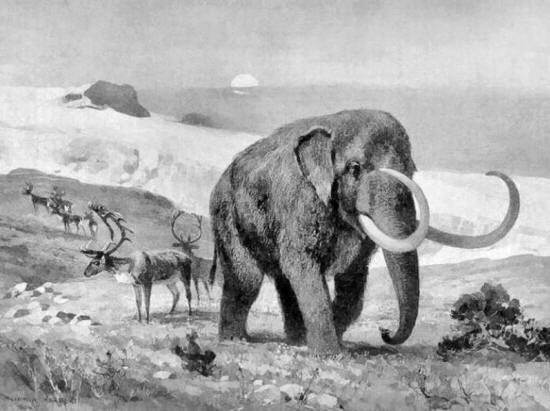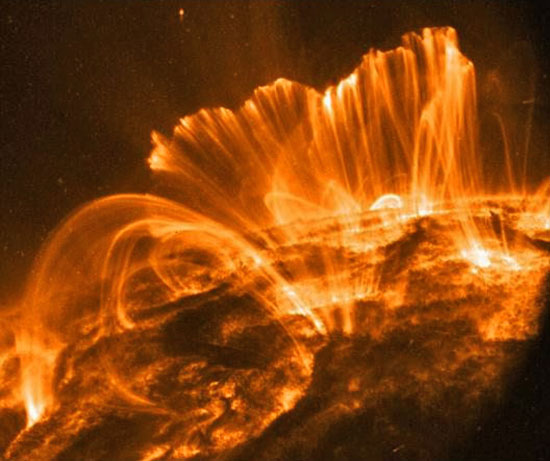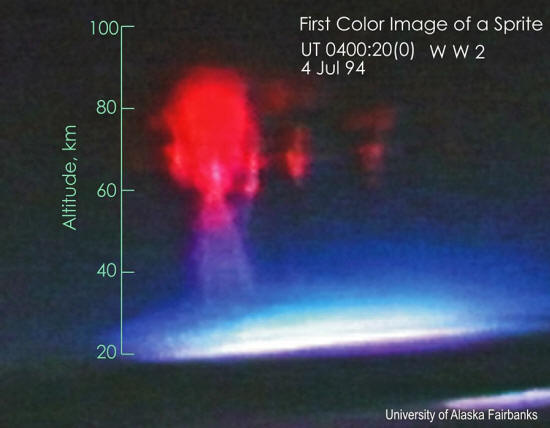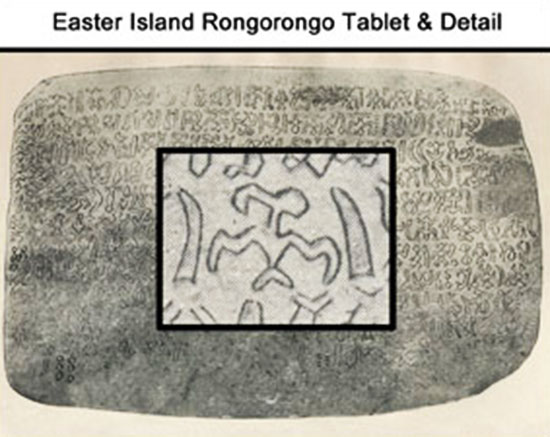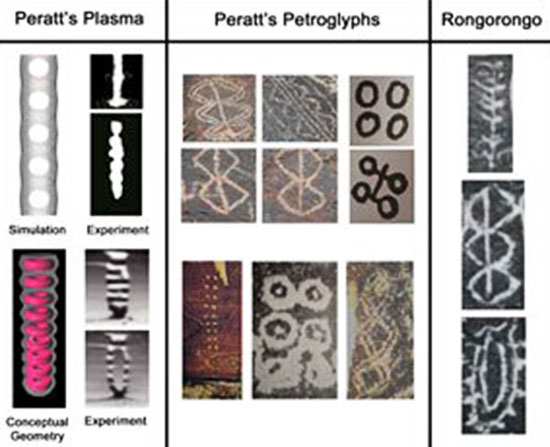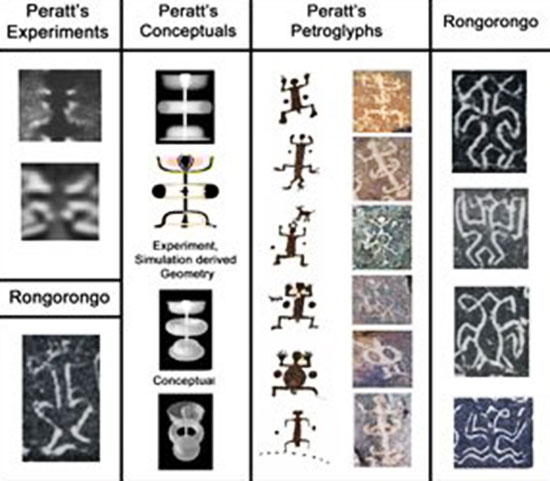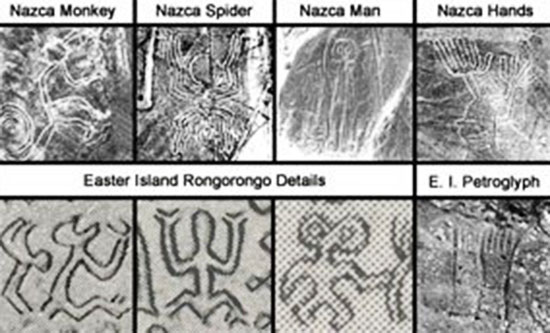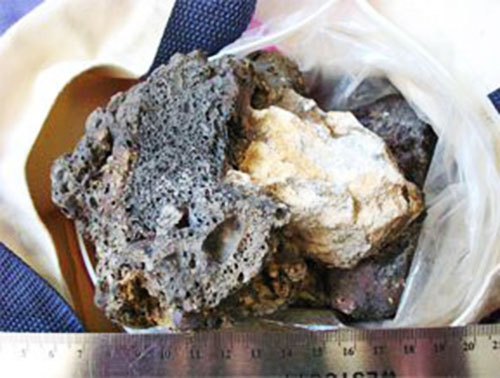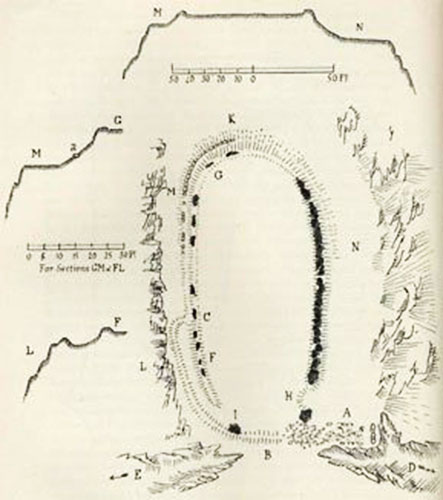|
It had been extremely
cold, with continental glaciers extending much further than they do
today, but the climate started to warm. However, temperatures
suddenly reverted back and there was a short cold spell, known as
the
Younger Dryas, before the final
warming and the official end of the
last ice age.
Its start dates to 10,900
B.C., and its ending (the final warming) began circa 9700 B.C. and
may have occurred within an incredible three years; given our
inability to resolve the finest details of something that happened
so long ago, it may have literally happened overnight.
I once hypothesized that comets were responsible. A comet hitting the land or a shallow ocean, or exploding above the land's surface, scattering dust and debris into the atmosphere, could cause global cooling.
However, the evidence
does not support a comet hitting Earth at this time.
In years past I speculated that comets hitting deep oceans were responsible. A comet might break the thin oceanic crust, releasing heat from the hot magma beneath.
Vaporized and displaced water would rain down on Earth, and tsunamis would wash across coastal areas, warming the planet.
But even with a comet, or a series of comets, bombarding the oceans, could the warming happen as quickly as the Greenland ice cores indicate? I think not.
But if not comets, what?
Plasma consists of electrically charged particles.
Familiar plasma phenomena on Earth today include lightning and auroras, the northern and southern lights, and upper atmospheric phenomena known as sprites.
In the past, much more powerful plasma events sometimes took place, due to solar outbursts and coronal mass ejections (CMEs) from the Sun, or possibly emissions from other celestial objects.
Powerful plasma phenomena could cause strong electrical discharges to hit Earth, burning and incinerating materials on our planet's surface.
Los Alamos plasma
physicist Dr.
Anthony L. Peratt and his
associates have established that petroglyphs found worldwide record
an intense plasma event (or events) in prehistory.
Plasma and petroglyph illustrations courtesy of Dr. Anthony L. Peratt, used with permission. Source: Anthony L. Peratt, “Characteristics for the Occurrence of a High-Current, Z-Pinch Aurora as Recorded in Antiquity”, IEEE [Institute of Electrical and Electronics Engineers] Transactions on Plasma Science, December 2003, vol. 31, no. 6, pp. 1192-1214.
The Easter Island rongorongo script, recorded on antique wooden tablets, is composed of similar shapes as the petroglyphs.
Studying them in detail (inspired by my wife, Catherine Ulissey, who first noticed the connection), I concluded that the Easter Island rongorongo tablets (the surviving tablets are copies of copies of copies...) record a major plasma event in the skies thousands of years ago.
This, I believe, was the
event that brought a final close to the last ice age.
The release of pressure that follows the melting of thousands-of-meters-thick ice sheets can induce earthquakes and even cause hot rock under pressure to melt and erupt to the surface as volcanoes.
The world was in chaos,
and this is the event recorded by petroglyphs and the rongorongo
texts.
This could be the basis for the nearly universal myth of a Golden Age, a time when beings on Earth had mental abilities far surpassing those of later times.
The 9700 B.C. event may
be the original basis for
the Atlantis 'legends'; the
timeframe fits well with Plato's account.
Rongorongo glyphs and Easter Island petroglyph (lower line) in comparison to the Nazca geoglyphs (upper line).
People cowered for their lives; they sought shelter in caves, under cliffs, in dwellings built of thick stone or carved into mountainsides. Perhaps Göbekli Tepe was intentionally buried in an attempt to protect it from on-going plasma events, as I suggest in my new book.
Humankind was thrown into a dark age for thousands of years, only to reemerge (amidst megalithic monuments belonging to a much earlier period) with scattered memories and nascent abilities.
|


